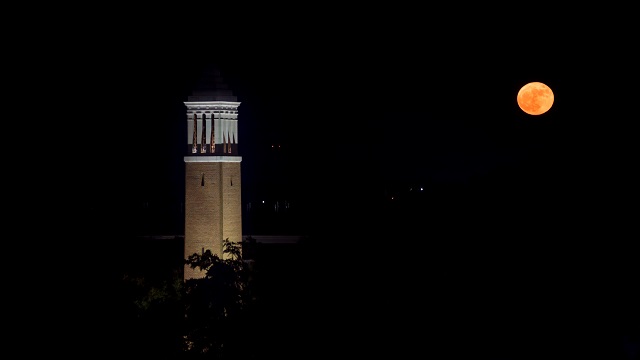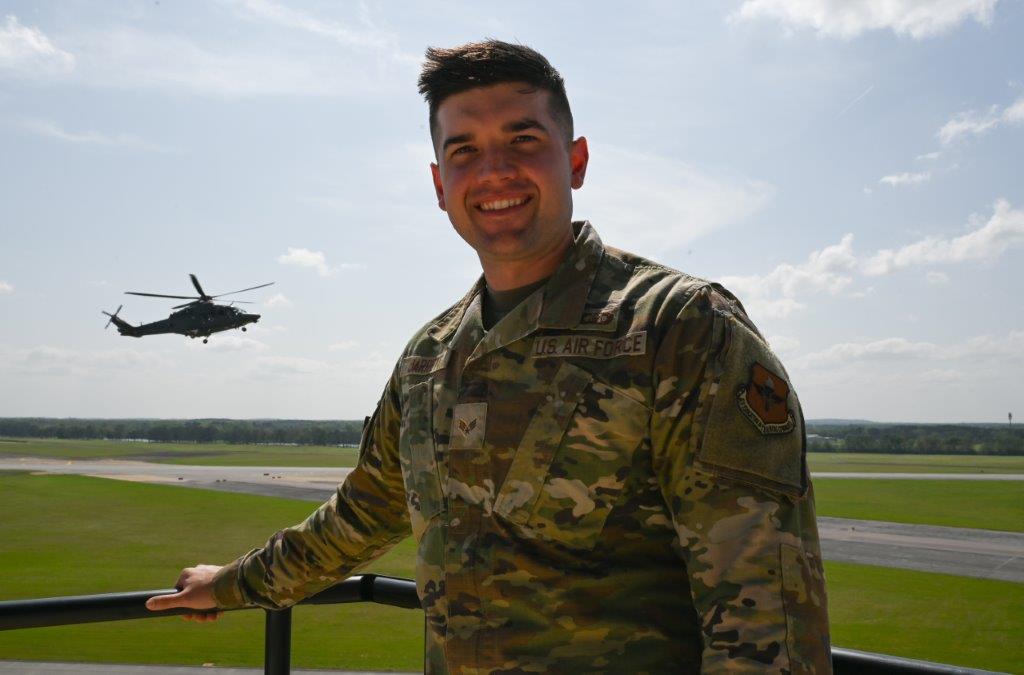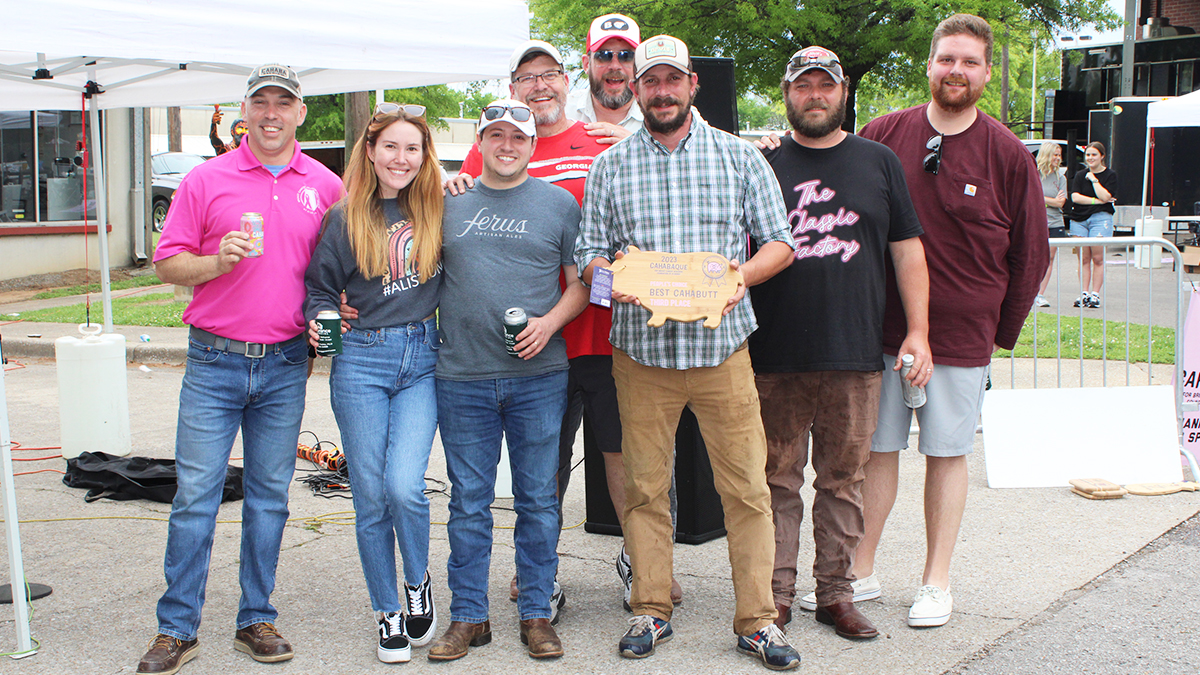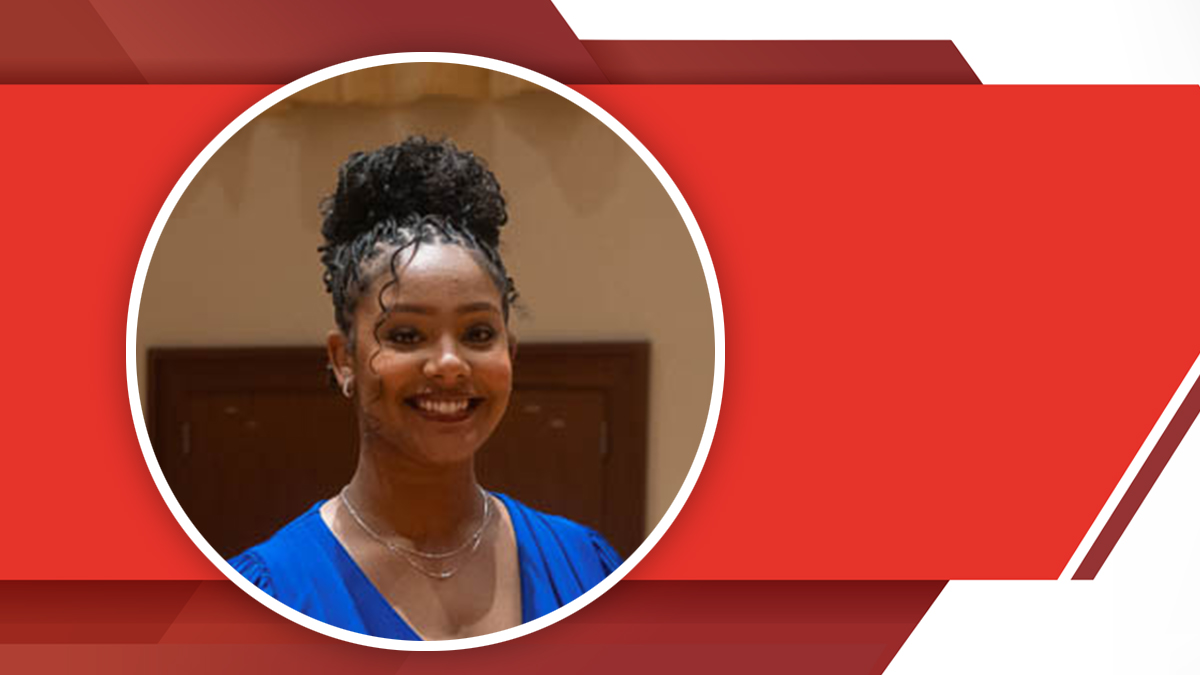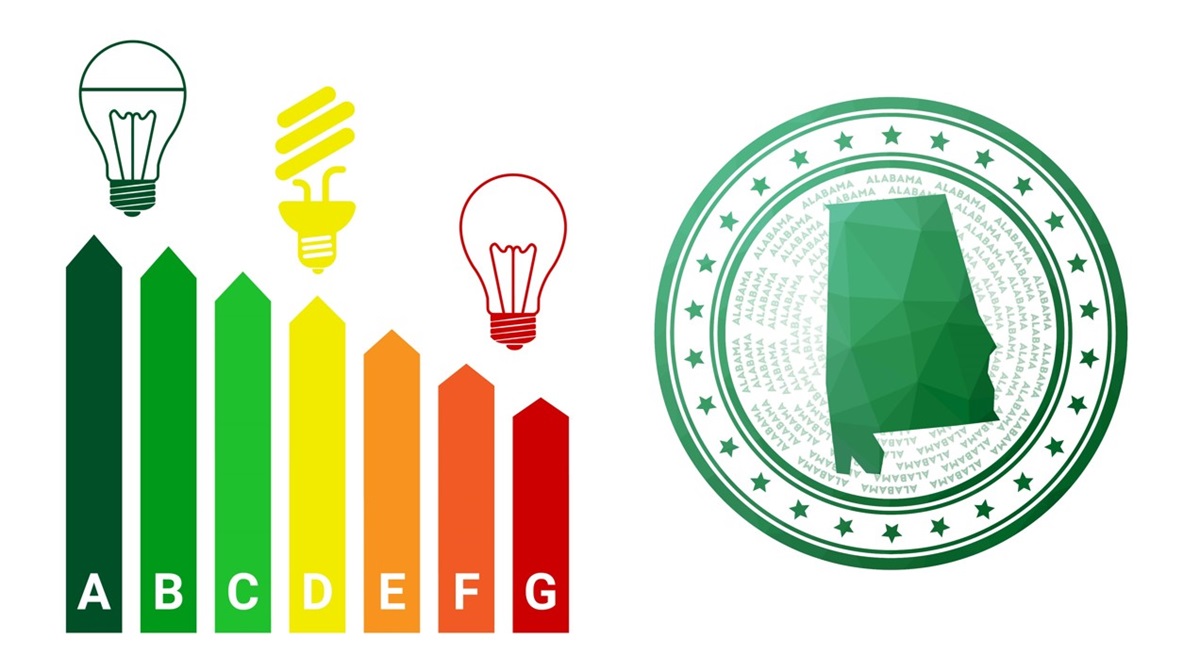The “supermoon” made appearances around the world Monday and many in Alabama enjoyed the phenomenon.
The full moon was at its closest point to the Earth’s northern hemisphere since 1948 and won’t be this close again until 2034. It created a moon 30 percent brighter and 14 percent bigger than the average monthly full moon, making a telescope unnecessary.
But those with telescopes took full advantage of the event.
The University of Alabama’s Department of Physics and Astronomy had a public viewing of the “supermoon” at the Gallalee Hall Observatory Monday night. It included a lecture from Dr. Dawn Williams, an associate professor in the department.
The university gave views of the supermoon via a 16-inch reflective telescope.
NASA and others captured images of the supermoon in the U.S. and around the world.

The moon, or supermoon, is seen as it sets over the Martin Luther King Jr. Memorial in Washington, D.C. (Aubrey Gemignani/NASA)

The moon, or supermoon, is seen as it sets over Washington, D.C. on Monday. (Aubrey Gemignani/NASA)

The moon, or supermoon, is seen rising behind the Soyuz rocket at the Baikonur Cosmodrome launch pad in Kazakhstan. NASA astronaut Peggy Whitson, Russian cosmonaut Oleg Novitskiy of Roscosmos, and ESA astronaut Thomas Pesquet will launch from the Baikonur Cosmodrome in Kazakhstan Nov. 18. (Bill Ingalls/NASA)

The “supermoon” as seen Monday evening from The University of Alabama campus. (Zach Riggins, UA Office of Photography, Division of Strategic Communications)

Construction cranes stand as the moon rises over Berlin, Germany, on Sunday, (Krisztian Bocsi/Bloomberg)

The moon, or supermoon, is seen from Washington as it sets behind buildings in Arlington, Va. (Joel Kowsky/NASA)

The moon, or supermoon, is seen rising behind the Soyuz rocket at the Baikonur Cosmodrome launch pad in Kazakhstan. NASA astronaut Peggy Whitson, Russian cosmonaut Oleg Novitskiy of Roscosmos, and ESA astronaut Thomas Pesquet will launch from the Baikonur Cosmodrome in Kazakhstan Nov. 18. (Bill Ingalls/NASA)

The moon, or supermoon, is seen as it sets behind the U.S. Capitol in Washington, D.C. (Joel Kowsky/NASA)

The moon, or supermoon, is seen as it sets by the Lincoln Memorial in Washington, D.C. (Joel Kowsky/NASA)

The moon, or supermoon, is seen rising behind the Soyuz rocket at the Baikonur Cosmodrome launch pad in Kazakhstan. NASA astronaut Peggy Whitson, Russian cosmonaut Oleg Novitskiy of Roscosmos, and ESA astronaut Thomas Pesquet will launch from the Baikonur Cosmodrome in Kazakhstan Nov. 18. (Bill Ingalls/NASA)

The moon, or supermoon, is seen as it sets behind the U.S. Capitol in Washington, D.C. (Joel Kowsky/NASA)

Moonrise over the Syr Darya river Baikonur, Kazakhstan. (Bill Ingalls/NASA)

The moon, or supermoon, is seen rising behind the Soyuz rocket at the Baikonur Cosmodrome launch pad in Kazakhstan. NASA astronaut Peggy Whitson, Russian cosmonaut Oleg Novitskiy of Roscosmos, and ESA astronaut Thomas Pesquet will launch from the Baikonur Cosmodrome in Kazakhstan Nov. 18. (Bill Ingalls/NASA)

The supermoon behind the Statue of Freedom atop the U.S. Capitol Dome in Washington, D.C. (Joel Kowsky/NASA)

The moon is seen as it rises over Washington, D.C. on Sunday. (Joel Kowsky/NASA)
